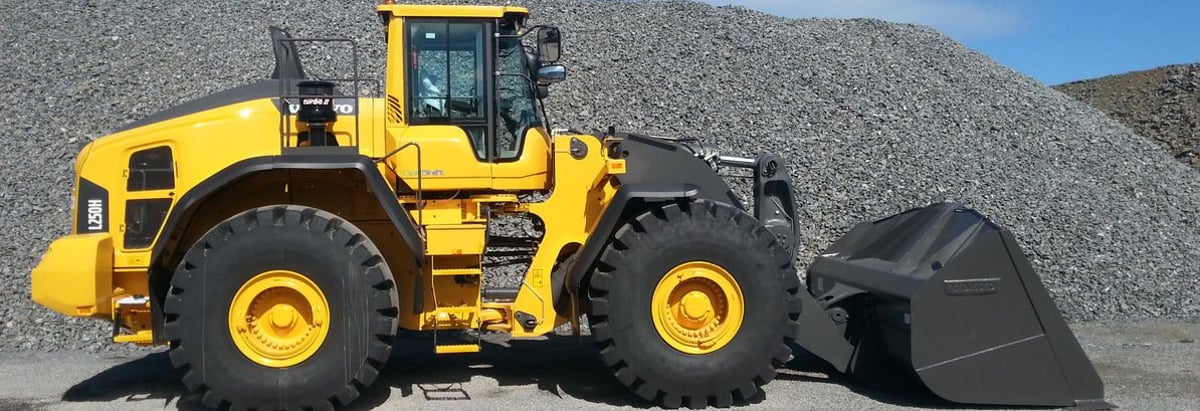Does Knorr-Bremse Aktiengesellschaft's (ETR:KBX) Debt Level Pose A Problem?

Investors pursuing a solid, dependable stock investment can often be led to Knorr-Bremse Aktiengesellschaft (ETR:KBX), a large-cap worth €14b. Big corporations are much sought after by risk-averse investors who find diversified revenue streams and strong capital returns attractive. However, the key to their continued success lies in its financial health. Let’s take a look at Knorr-Bremse’s leverage and assess its financial strength to get an idea of their ability to fund strategic acquisitions and grow through cyclical pressures. Note that this information is centred entirely on financial health and is a high-level overview, so I encourage you to look further into KBX here.
See our latest analysis for Knorr-Bremse
How much cash does KBX generate through its operations?
KBX has built up its total debt levels in the last twelve months, from €654m to €1.5b , which accounts for long term debt. With this growth in debt, KBX currently has €1.5b remaining in cash and short-term investments for investing into the business. Moreover, KBX has produced cash from operations of €629m over the same time period, resulting in an operating cash to total debt ratio of 41%, signalling that KBX’s debt is appropriately covered by operating cash. This ratio can also be interpreted as a measure of efficiency as an alternative to return on assets. In KBX’s case, it is able to generate 0.41x cash from its debt capital.
Can KBX pay its short-term liabilities?
At the current liabilities level of €2.4b, the company has maintained a safe level of current assets to meet its obligations, with the current ratio last standing at 1.74x. Usually, for Machinery companies, this is a suitable ratio as there's enough of a cash buffer without holding too much capital in low return investments.

Is KBX’s debt level acceptable?
Since equity is smaller than total debt levels, Knorr-Bremse is considered to have high leverage. This isn’t surprising for large-caps, as equity can often be more expensive to issue than debt, plus interest payments are tax deductible. Since large-caps are seen as safer than their smaller constituents, they tend to enjoy lower cost of capital.
Next Steps:
KBX’s high cash coverage means that, although its debt levels are high, the company is able to utilise its borrowings efficiently in order to generate cash flow. Since there is also no concerns around KBX's liquidity needs, this may be its optimal capital structure for the time being. Keep in mind I haven't considered other factors such as how KBX has been performing in the past. I suggest you continue to research Knorr-Bremse to get a better picture of the large-cap by looking at:
- Future Outlook: What are well-informed industry analysts predicting for KBX’s future growth? Take a look at our free research report of analyst consensus for KBX’s outlook.
- Valuation: What is KBX worth today? Is the stock undervalued, even when its growth outlook is factored into its intrinsic value? The intrinsic value infographic in our free research report helps visualize whether KBX is currently mispriced by the market.
- Other High-Performing Stocks: Are there other stocks that provide better prospects with proven track records? Explore our free list of these great stocks here.
To help readers see past the short term volatility of the financial market, we aim to bring you a long-term focused research analysis purely driven by fundamental data. Note that our analysis does not factor in the latest price-sensitive company announcements.
The author is an independent contributor and at the time of publication had no position in the stocks mentioned. For errors that warrant correction please contact the editor at editorial-team@simplywallst.com.
Simply Wall St analyst Simply Wall St and Simply Wall St have no position in any of the companies mentioned. This article is general in nature. We provide commentary based on historical data and analyst forecasts only using an unbiased methodology and our articles are not intended to be financial advice. It does not constitute a recommendation to buy or sell any stock and does not take account of your objectives, or your financial situation. We aim to bring you long-term focused analysis driven by fundamental data. Note that our analysis may not factor in the latest price-sensitive company announcements or qualitative material.
About XTRA:KBX
Knorr-Bremse
Develops, produces, and markets brake systems for rail and commercial vehicles and other safety-critical systems worldwide.
Flawless balance sheet with reasonable growth potential.
Similar Companies
Market Insights
Community Narratives





